AI Scraping: Transforming the Creative Process for Musicians and Artists
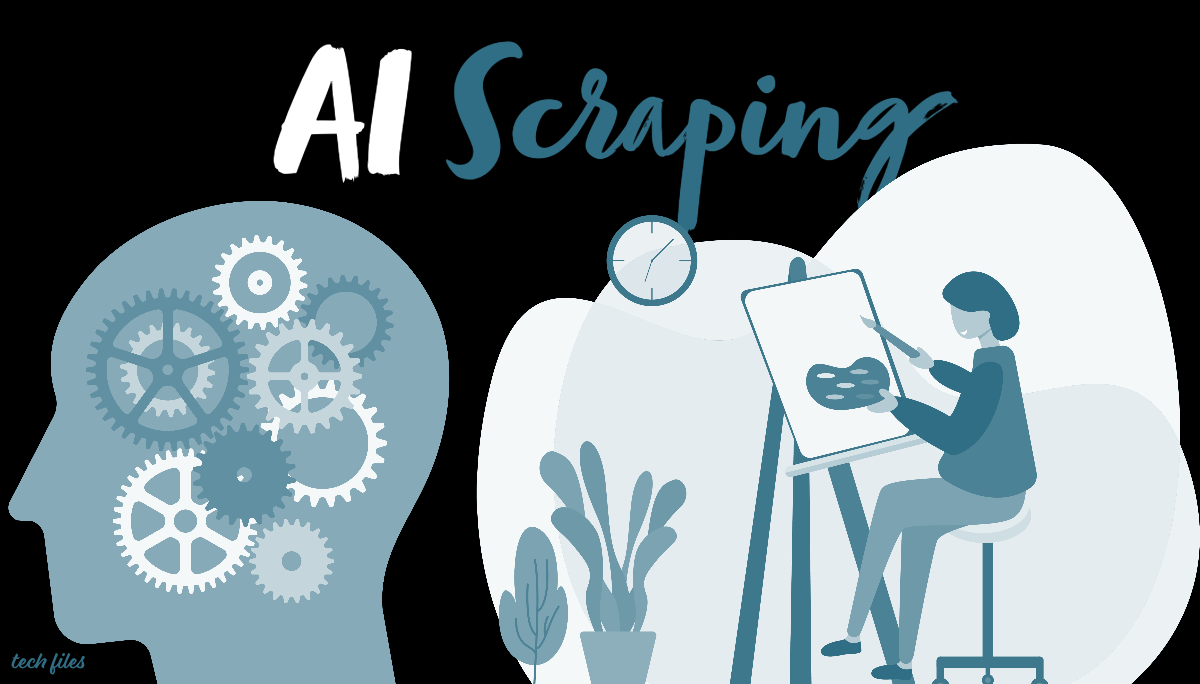
Artificial Intelligence (AI) has ushered in a new era for musicians and artists, revolutionizing the way they create and produce their work. Through the practice of AI scraping, which involves extracting and analyzing vast amounts of data using AI algorithms, creators are gaining valuable insights into their audience’s preferences and trends. While AI scraping offers exciting possibilities, it also raises ethical concerns and challenges related to plagiarism, authenticity, unfair competition, and the diminishing value of artistic creations. In this article, we will explore these topics and discuss strategies to protect artists and musicians from the exploitation of AI scraping.
The Rise of AI in the Creative Process
In recent years, AI scraping has emerged as a game-changer in the creative process for musicians and artists. By utilizing AI algorithms to analyze data from various sources such as social media platforms, online forums, and websites, creators gain valuable insights into their target audience’s preferences, interests, and trends. This newfound knowledge empowers artists to tailor their creations and better resonate with their fans, ultimately enhancing creative output and increasing the chances of commercial success in a competitive industry.
AI scraping also opens up new avenues for collaboration between artists and AI-generated systems. By merging their own human touch with the innovative capabilities of AI, creators can produce unique and groundbreaking compositions that captivate global audiences. The fusion of human creativity with AI’s computational power allows artists to redefine traditional practices and explore uncharted territories, pushing the boundaries of artistic expression.
The Ethical Dilemma: AI as an Exploitative Tool
While AI technology offers immense potential, it also raises significant ethical concerns. One of the major dilemmas surrounding AI is its potential as an exploitative tool. As AI becomes more advanced and capable of mimicking human-like intelligence, there is a risk of it being used to exploit artists and musicians.
AI algorithms can now generate music, art, and literature that closely resemble the works of human creators. This raises questions about the originality and authenticity of AI-generated works, as well as the rights of artists and musicians. Additionally, AI scraping, which involves automatically collecting and repurposing existing creative content without consent, poses a threat to the livelihoods of artists and musicians who rely on their original creations for income.
AI-Driven Plagiarism: The Theft of Original Works
AI-driven plagiarism has become a significant concern for artists and musicians in the digital age. With the increasing sophistication of AI technologies, replicating and imitating original works has become alarmingly easy. Some individuals and organizations take advantage of AI’s capabilities to steal and distribute these works without permission or attribution.
This form of theft not only threatens the livelihood of creative professionals but also undermines the value and integrity of their original creations. Artists and musicians invest countless hours perfecting their craft, pouring their heart and soul into their work. However, AI-driven plagiarism diminishes the uniqueness and authenticity of these creations, blurring the line between genuine expression and artificial replication. Addressing this ethical dilemma is crucial in safeguarding the creativity of artists and musicians.
Unfair Competition: AI as a Threat to Human Creativity
While AI has revolutionized the creative realm, it also poses a concerning threat to human creativity. AI algorithms and machine learning techniques can generate content and produce artistic creations that closely resemble those crafted by human creators. This similarity blurs the line between what is genuinely human-made and what is machine-generated, creating a significant challenge for artists and musicians striving to establish their unique creative identity.
The emergence of AI-generated content floods the market, saturating it with an overwhelming amount of easily accessible and low-cost creations. This oversaturation not only dilutes the artistic value of human creators but also makes it difficult for them to stand out and make a living from their craft. Consumers are drawn to AI-generated content due to its affordability and ease of access, further exacerbating the unfair competition faced by human artists and musicians.
Copyright Infringement: AI’s Role in Unauthorized Reproduction
The rapid advancements in AI have brought countless benefits to the music and art industries. However, there is also a concern regarding AI’s role in unauthorized reproduction and copyright infringement.
AI’s ability to analyze data and generate new content that resembles existing works can lead to unauthorized reproduction. As AI-powered tools become more accessible and sophisticated, there is a growing risk of individuals or entities intentionally or unintentionally producing and distributing copyrighted materials without obtaining the necessary permissions. This raises significant ethical and legal questions, as artists and musicians deserve to protect their intellectual property and receive fair compensation for their artistry.
AI-Generated Art and Music: Is it Authentic or Artificial?
The authenticity and artificiality of AI-generated art and music have become a topic of great debate. Proponents argue that AI-generated creations should be considered authentic, as they result from creative processes programmed into the machines. These algorithms can analyze vast amounts of data and produce unique compositions or visuals that evoke emotion and showcase originality.
Skeptics, however, raise concerns about the lack of human touch and intention behind AI-generated works. They question whether these creations can truly be considered genuine expressions of creativity, highlighting the absence of personal experiences and conscious intent that human artists bring to their work.
Appreciating art and music should not solely rely on knowing whether it was created by a human or an algorithm. Instead, evaluating these creations based on their aesthetic qualities, emotional resonance, technical proficiency, and overall impact can foster a more inclusive and diverse creative landscape.
Diminishing Value: AI’s Influence on the Worth of Artistic Creations
The rise of AI in the creative industry has led to a shift in the perception of value and authenticity. The ease with which AI-generated art and music can be produced and replicated has resulted in a flood of content that saturates the market, potentially devaluing traditional artwork.
One of the key factors contributing to the diminishing value of artistic creations in the AI era is the perception of authenticity. While AI-generated works can be skillfully crafted, they lack the emotional and personal touch that human artists infuse into their work. The line between what is genuine and what is artificial becomes blurred, raising questions about the true worth of AI-generated creations.
The Legal Battle: Artists and Musicians Fighting Back against AI Exploitation
Artists and musicians worldwide are taking action to protect their intellectual property rights and ensure fair compensation for their work. By registering their original creations with copyright offices, artists establish legal ownership and gain the ability to take legal action against those who use their work without permission. Specialized law firms with expertise in intellectual property and copyright law are assisting artists in navigating the complex legal landscape and protecting their artistic creations from unauthorized use. Through these legal battles, artists aim to raise awareness about the exploitation of AI and establish precedents that safeguard the rights of creators in the digital age.
Preserving Authenticity: Strategies to Protect Artists and Musicians from AI Scraping
To preserve the authenticity of their work in the face of AI scraping, artists and musicians can implement strategies such as watermarking and digital rights management (DRM) techniques. By embedding invisible watermarks or unique identifiers into their creations, artists can establish ownership and track the usage of their work. This enables them to identify instances of AI scraping or unauthorized reproduction and take appropriate action to protect their intellectual property. DRM technologies can further restrict access to content, ensuring that only authorized individuals or platforms can use or distribute creative works, safeguarding against AI-driven plagiarism.
Conclusion
AI scraping has transformed the creative process for musicians and artists, offering valuable insights and collaboration opportunities. However, it also raises ethical concerns and challenges related to plagiarism, authenticity, unfair competition, and the diminishing value of artistic creations. To protect their work, artists and musicians must implement strategies such as watermarking and DRM techniques. By addressing these challenges, we can foster a creative landscape that values both human and AI-generated art, promoting inclusivity, and diversity.

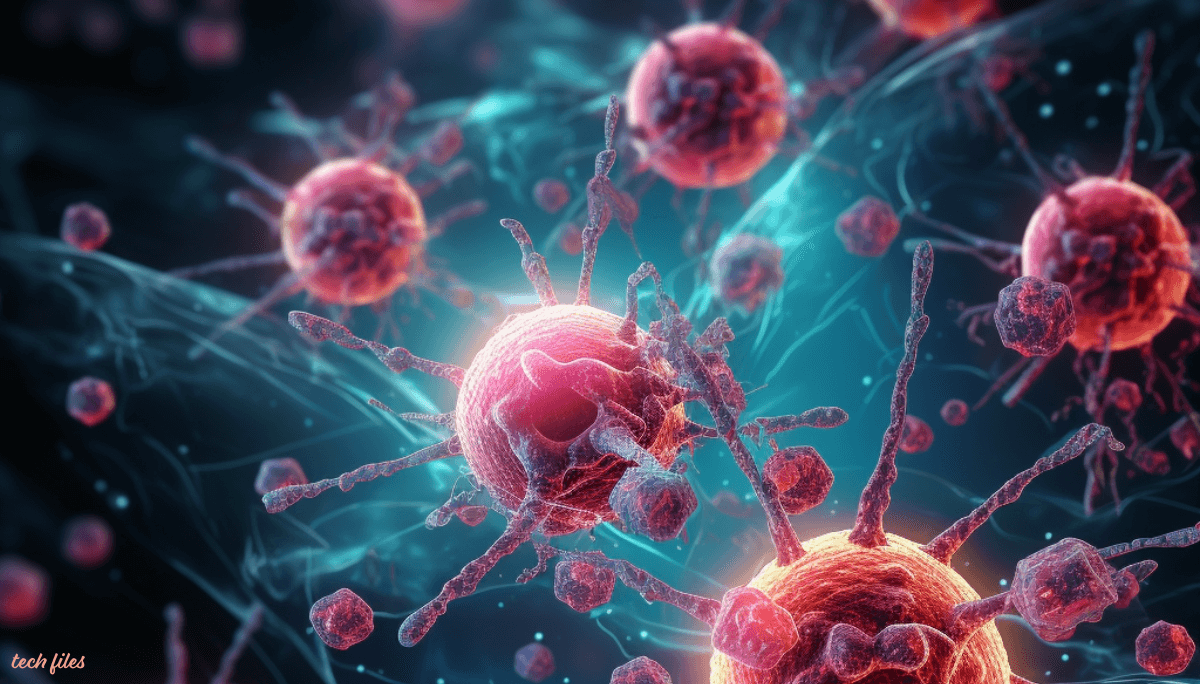
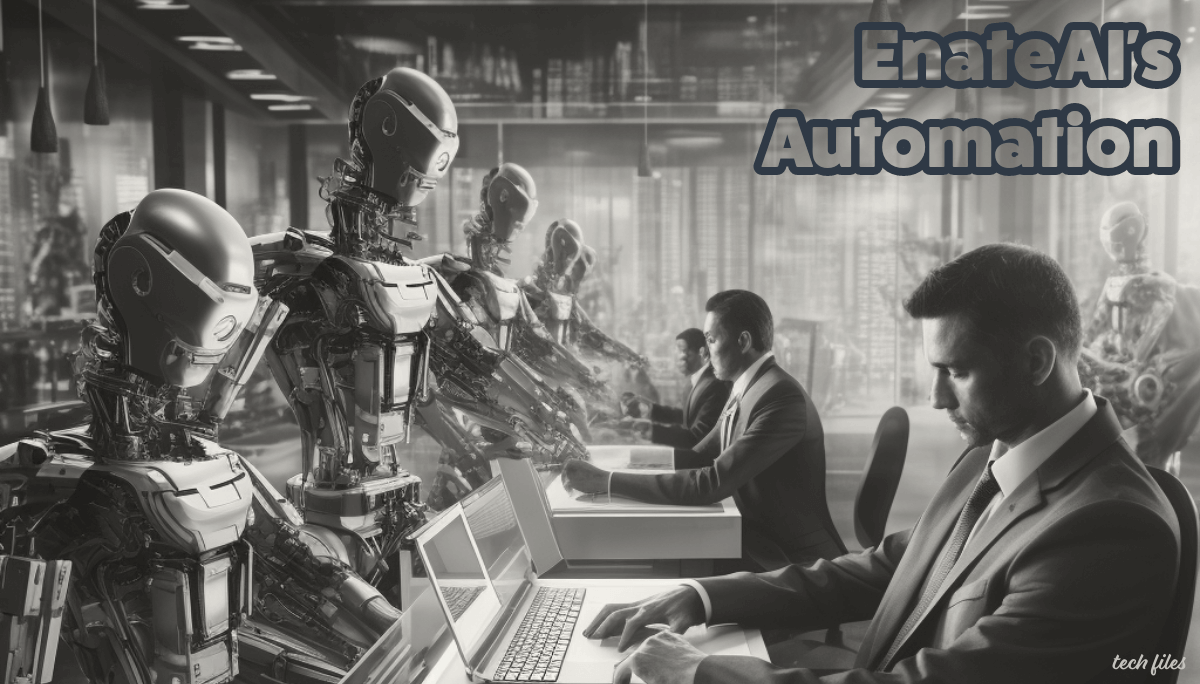
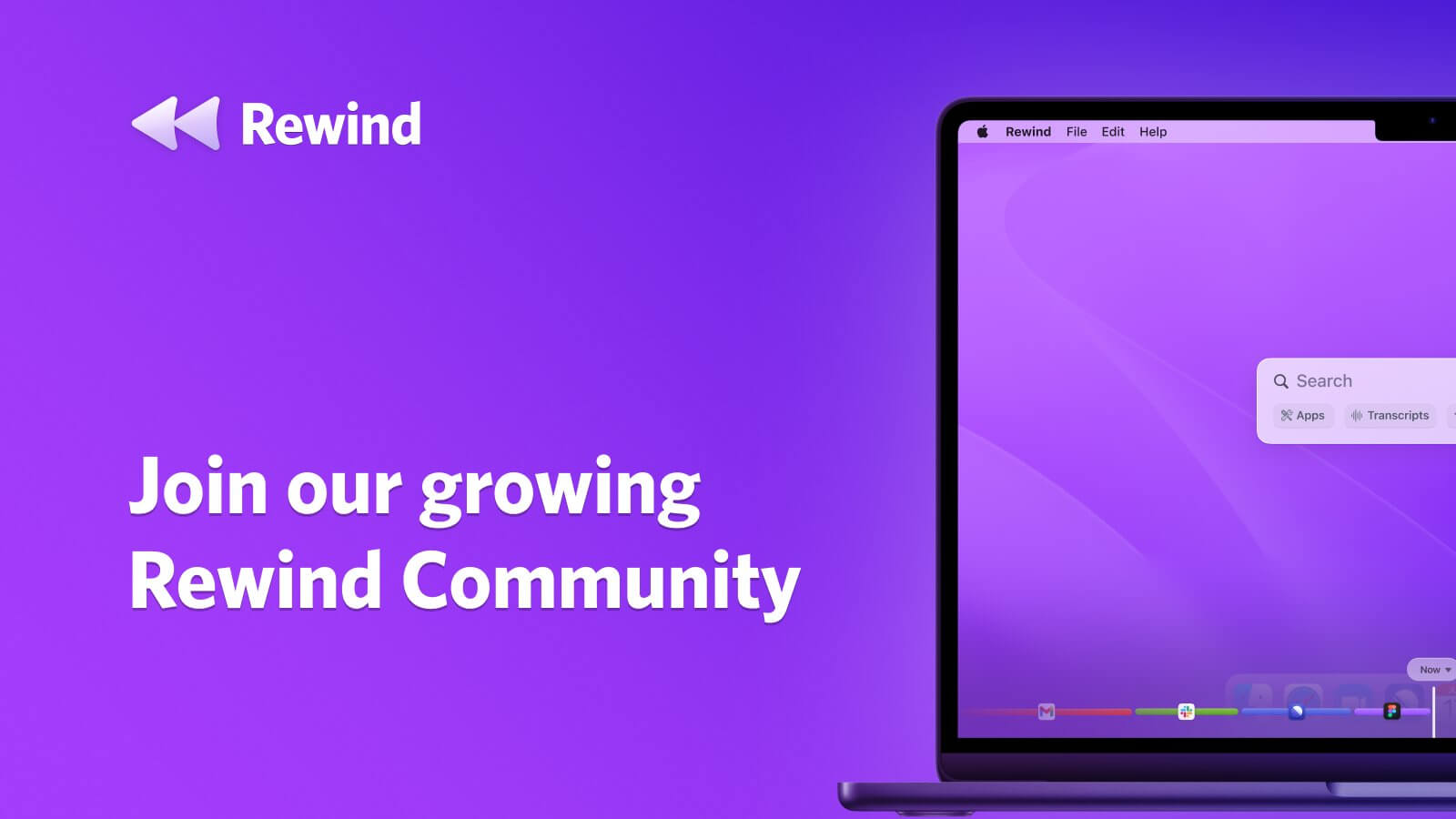
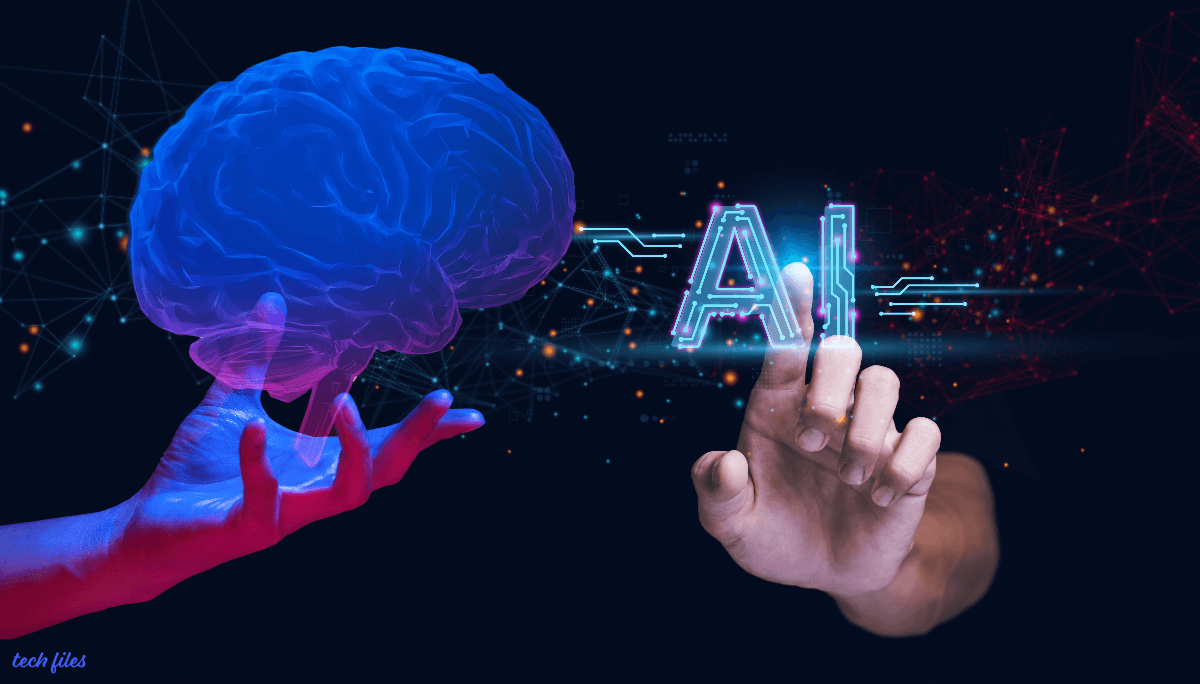
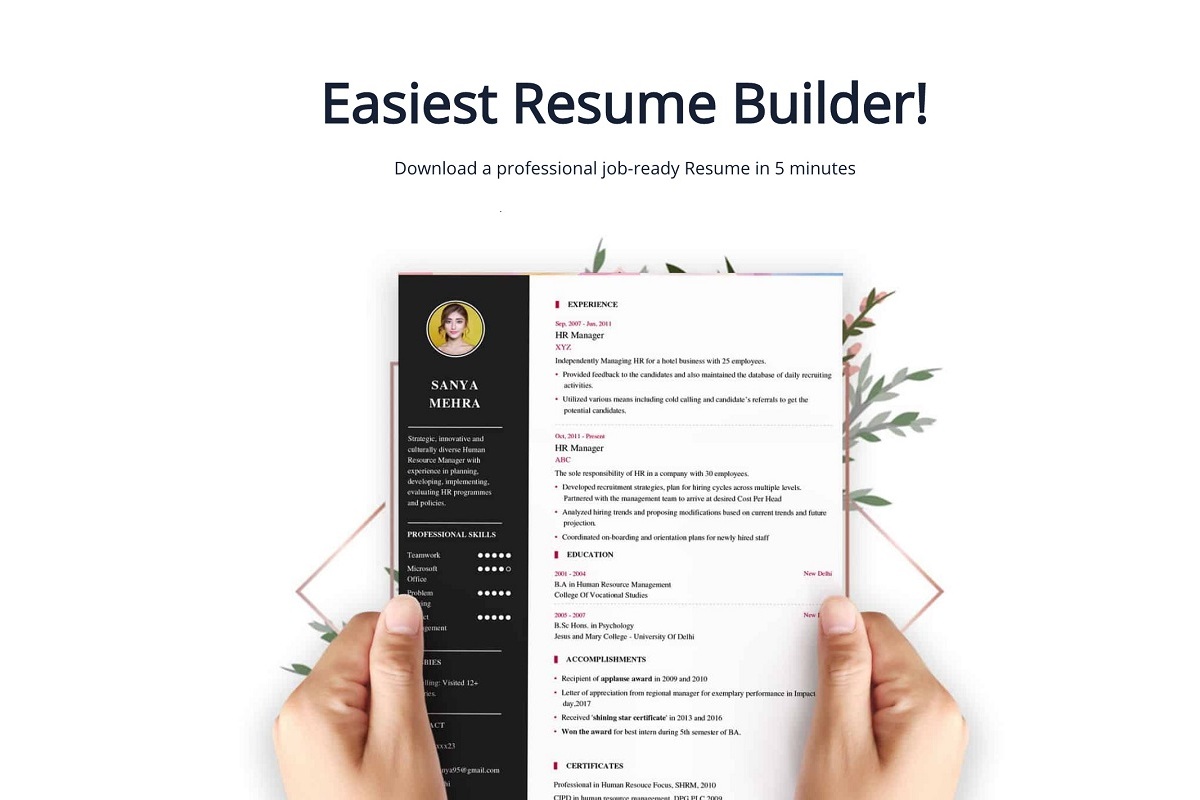
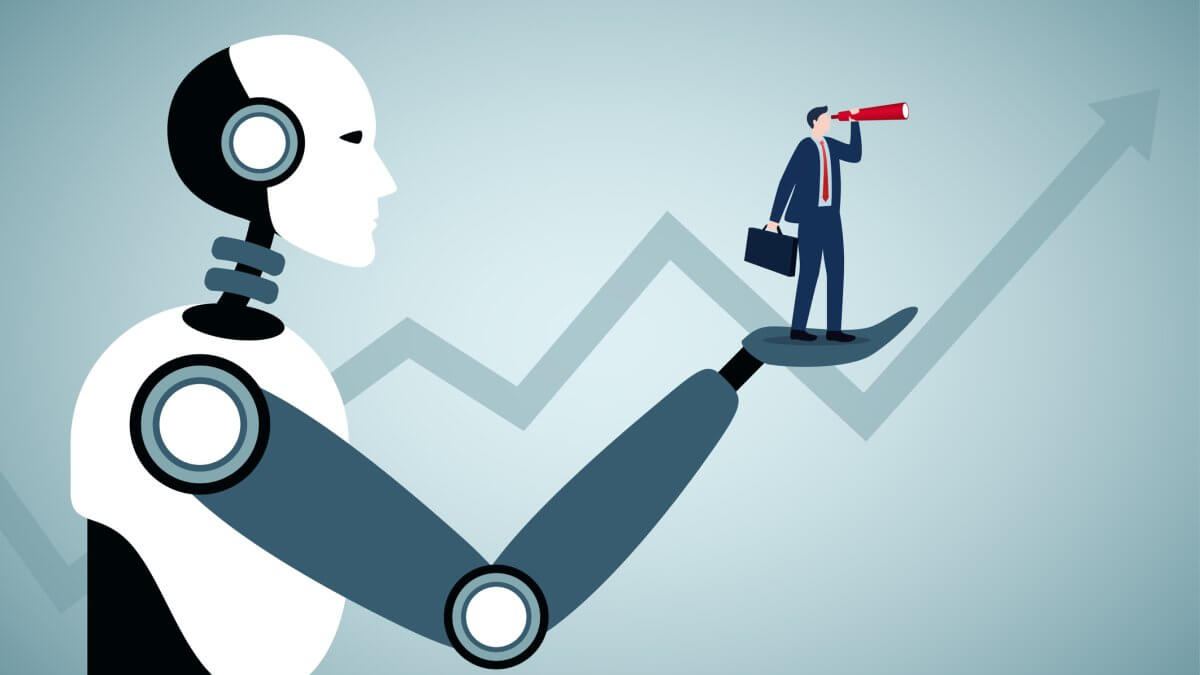
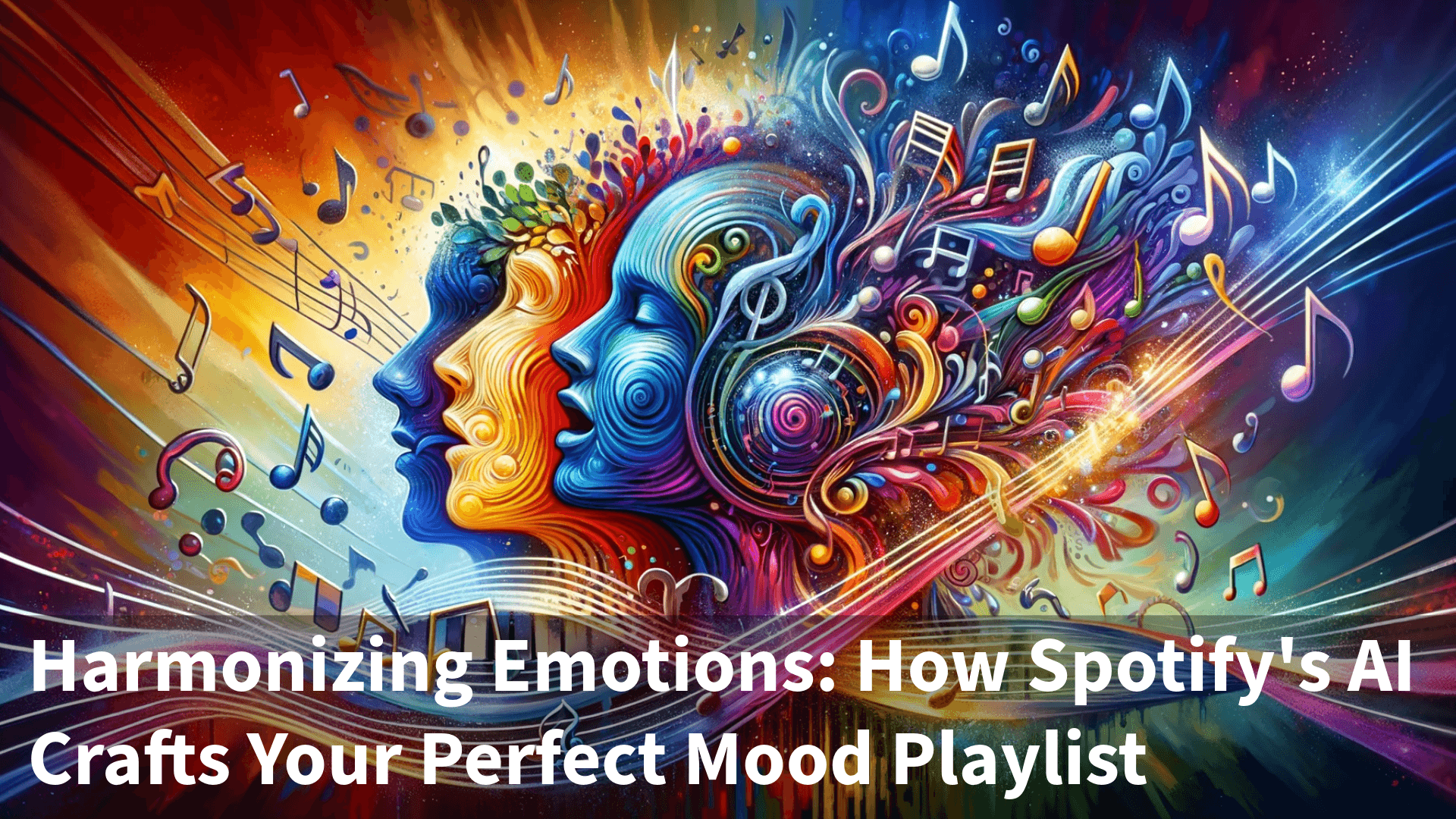
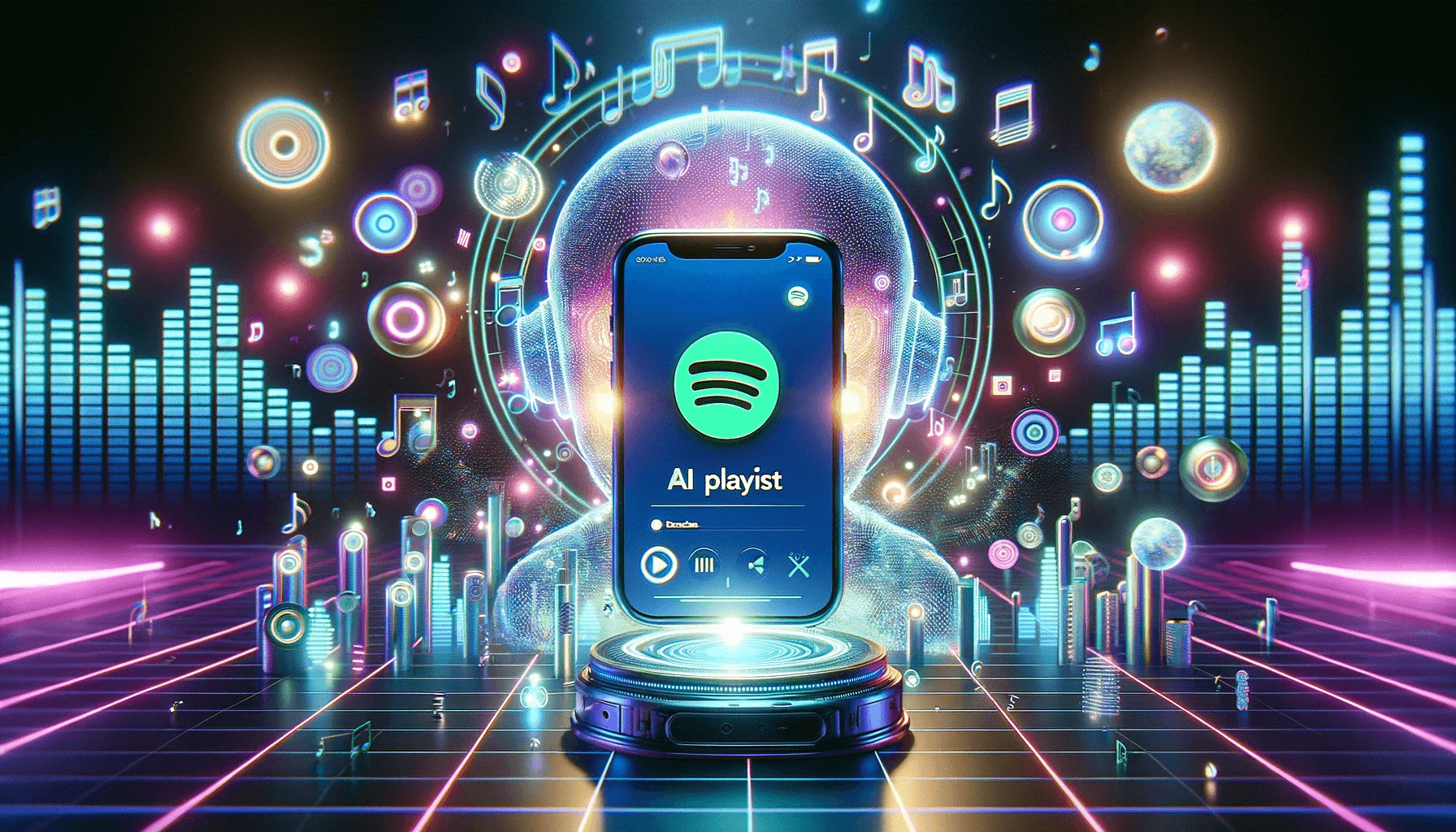


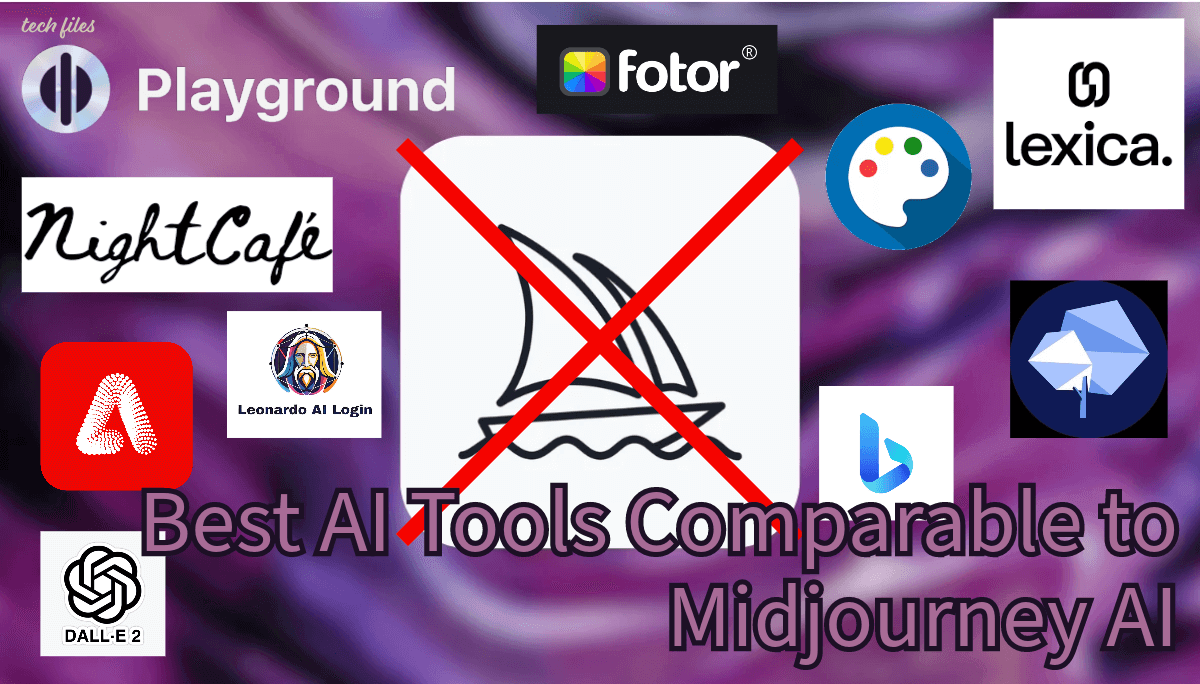
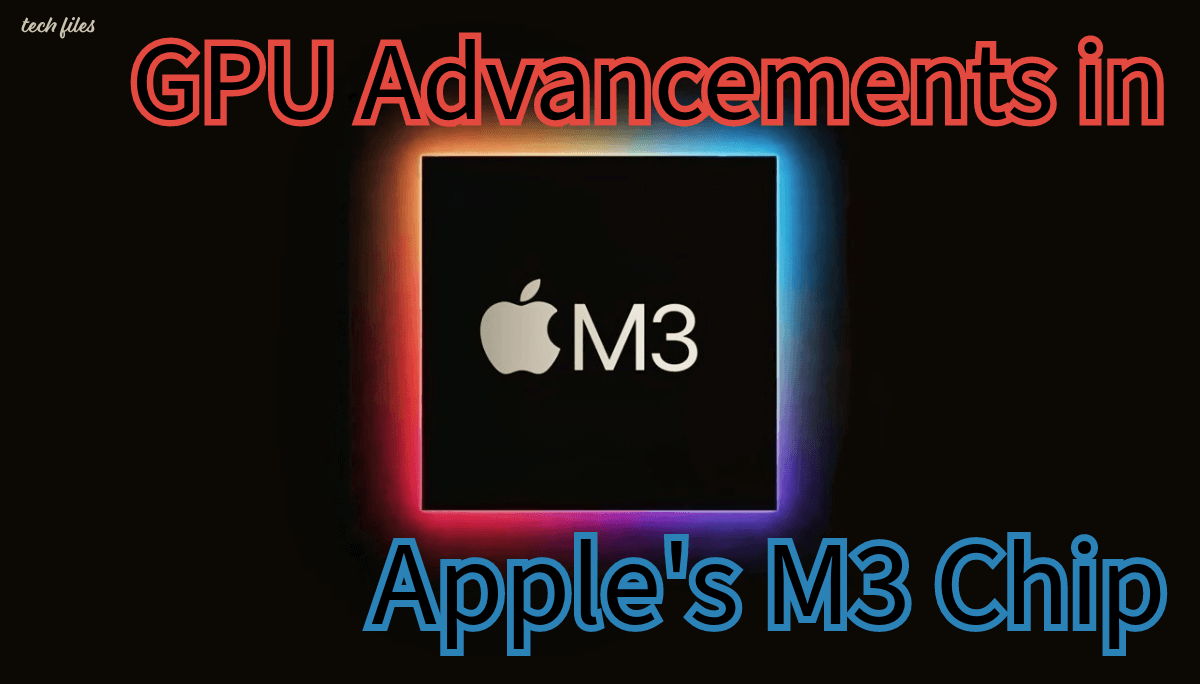
Sharing is caring!